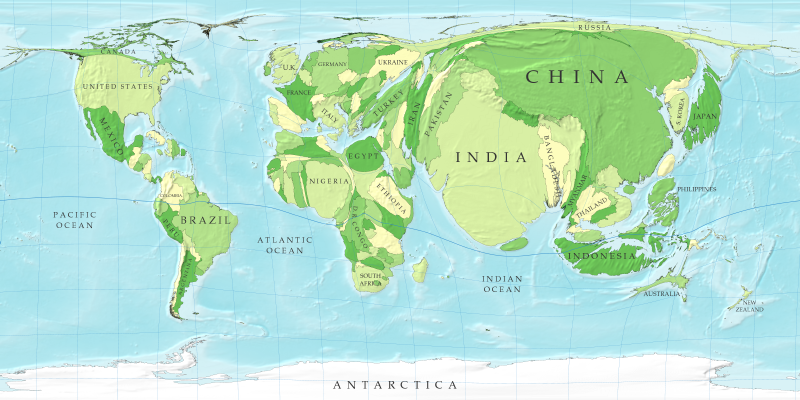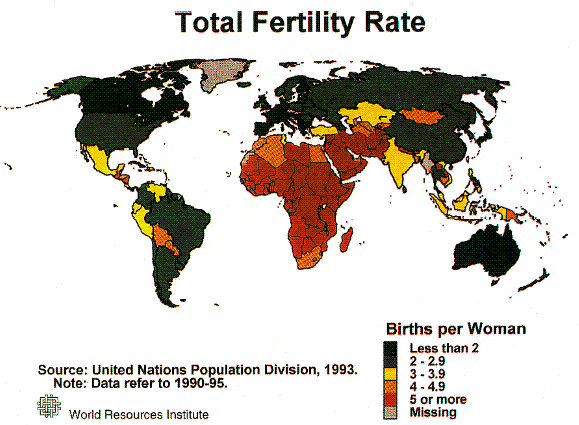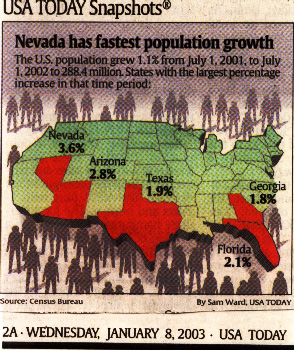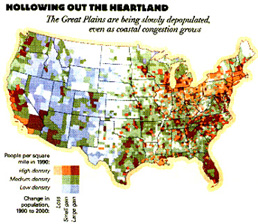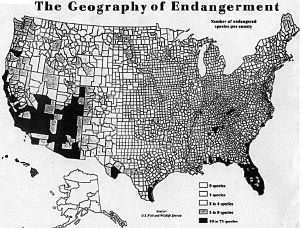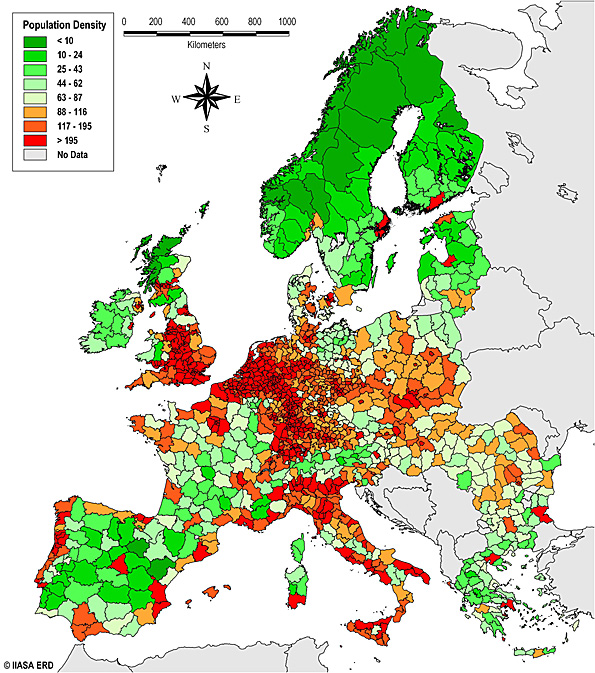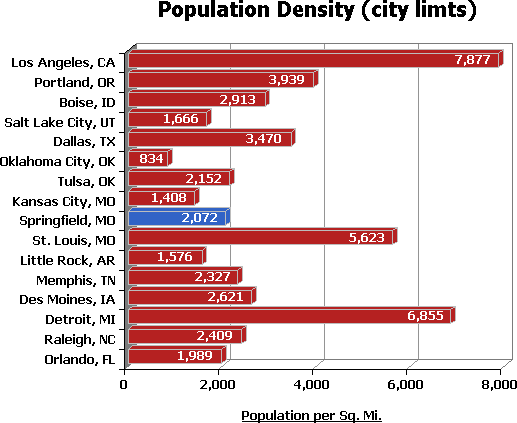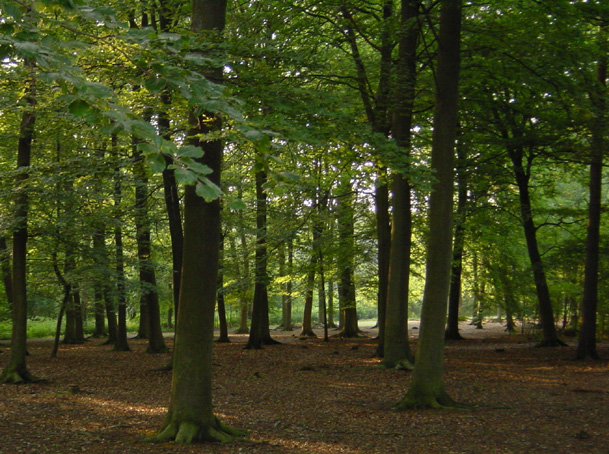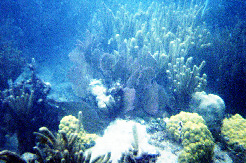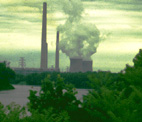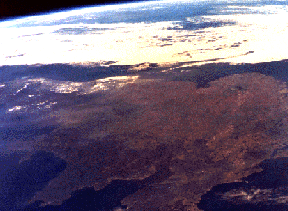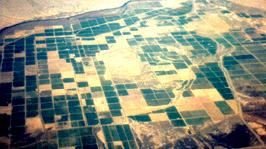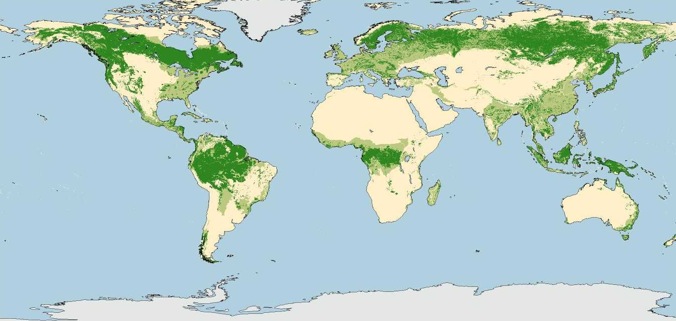New Concepts
 People: data | impact | ecology | Wiki
People: data | impact | ecology | WikiNavigating the site:
![]()
Paz, Octavio

POPULATION: A biocentric perspective
contrast | antecedents | growth | map | density | data | women | impacts of population | habitat | biological diversity
by
Joseph SiryErnst Mayr refers to one of Charles Darwin’s great contributions to western thought as “population thinking.” That is, he thought of the world in terms of separate groups of interbreeding creatures producing viable offspring to face the rigors of cultural and natural selection. Population is traditionally the entire number of people or species in a particular area. But population thinking takes the basic idea and expands the concept by considering the consequences of population over time.
He envisioned populations as the formative unit of biological systems, not types, nor kinds of creatures, as earlier thinkers had believed. Instead of the idea that unchanging types or unvarying kinds of beings were the basis of all living communities, Mayr based on Darwin argued that populations change based on the habits of breeding populations which pass on inherited traits to subsequent offspring. This variability in the surviving offspring's inherited traits was thus the basic cause of biological diversity and the vast biological wealth of natural capital that we now attribute to the biosphere or the global commons.
Biological diversity | Women's status | Global Commons | Growth
This concept of population thinking was a seminally important idea that toppled --at least in biological thought-- typological thinking that dated way back to Plato and Pythagoras.
Pythagoras by Raphael
From ancient times to Darwin's own training, naturalists described differences in living creatures in terms of distinct types or kinds; differences arose from variations on those few kinds of living things. Life was not described in terms of descent from common ancestors or divergent populations from the same parentage. Creatures were not understood in light of existing, but slightly variable and numerous offspring forming isolated populations.
The influence on Darwin of the Essay on Population by Thomas Malthus cannot be overlooked in regard to the influence of social ideas on significant concepts in the biological sciences. Little else would really provide a rationale for the variations Darwin sought to account for in his Origin of Species. These changes are not due to random shifting, instead they are variations around a common set of body plans, organ forms or ancestral traits that appear in more recent offspring, or the capacity of bacteria to share enzymes and metabolic pathways.
Biology, since Darwin, describes living beings as siblings in a larger population. We are subject to the consequences that nourished previous populations. Impacts on our surroundings by the scale of our population growth in the past still affects our conditions today. Past and present consumption creates long lasting demands upon the land, air and water we use. The duration of our interference in natural cycles is persisting beyond the power of natural areas to recover from disturbances or recurrent perturbations.
Collective perturbations of nature also shape recently born populations and the populations of potentially interbreeding creatures. By reading Malthus and realizing his own tragic personal history with the loss of his daughter, Darwin knew well that not all descendents survive to raise new offspring. The inability of places to sustain the pressure form the highest and densest populations was itself a check on the number of surviving new born that could live to reproduce. And the physical world also conspired against the ability of a reproducing population to fill up an area.
Storms, volcanoes and meteor showers influence climate and availability of climate dependent resources needed by life on earth further restricts population growth. But human population growth and per capita consumption also restricts resources needed by life.
As human population expands at the rate of 90 million per year the conditions for the sustenance of wildlife diminishes. Those creatures representing the tips of our biological wealth are being attenuated by our demands. Our 5% of the world’s people consume 35% of its resources producing nitrogen oxide and carbon dioxide that is altering our climate.
Every environmental problem is a plight of existence when correctly viewed from the impact of dominant creatures on on surrounding populations. This plight is to some degree or another due to consumption and not solely population growth. With human population growth, this includes matters arising from the loss of habitat to the loss of our security on city streets. Population requires more water, more energy and contaminates more air and more water than we can possibly replace at the rate we are consuming the earth. The late Garrett Hardin argued that if we fail to see that population growth is the single greatest threat to humankind’s future then many other features of a free civilization that we cherish will be lost to the privileged right of families to have as many children as they decide.
The right to a woman’s control over her economic potential and her freedom in reproductive decision-making is essential in this context of limiting the unwanted children of the world. In nations where women have economic opportunity and security, the birth rate is declining. As the cost of rearing children becomes more expensive for families the birth rate also declines. But in those nations where no social insurance and old age pensions protect families and the infant mortality rate is high due to lack of access to basic medical care birth rates are among the highest in the world.
The global commons is shrinking at such a rate that population increase if not stemmed will tip the balance of the planet’s assimilative capacity against our expanding interference, despite our best intentions of preserving biological diversity.
“The four suggestions I will offer here are:
- to develop institutions that balance the goals of efficiently using resources with equality among women and men.
- to improve the accounting directly and indirectly of indicators that reveal social well-being, materials & the consequences of actions
- to integrate thinking about populations with thinking about faith, institutional religions, economies, environments and cultures
and
- to create a better understanding of mutual aid, emphasizing the benefits that the well-off derive from helping the poor to live better lives.”
(Joel E. Cohen, p. 380 with additions J. Siry, 10/15/2007)
contrast | antecedents | growth | map | density | data | women | impacts of population | habitat | biological diversity
Growth in the population of the US.
| date | number of inhabitants | key |
|---|---|---|
| 1790 | 3,000,000 |
|
| 1860 | 30,000,000 |
|
| 1915 | 100,000,000 |
|
| 1968 | 200,000,000 |
|
| 1998 | 300,000,000 |
Density increases are shown orange, green and extreme increases in brown. Black areas show highest losses of endangered species habitats.
contrast | antecedents | growth | map | density | data | women | impacts of population | habitat | biological diversity
Density seriously affects the direct and indirect level of impact of population on their surroundings.
contrast | antecedents | growth | map | density | data | women | impacts of population | habitat | biological diversity
impact I
= [equals or is equal to]
population P * (density, amount of people per size of area)
affluence A * (per capita income)
technology T. (per capita electricity use, or CO2 emissions)
New concepts.
WEAL derives from weald in old English and the German word, wald forested areas, these forests were necessary for sustaining living conditions in the Middle Ages and were sources of wealth.
Weald country in southern England, United Kingdom.
| web | of | relations |
|---|---|---|
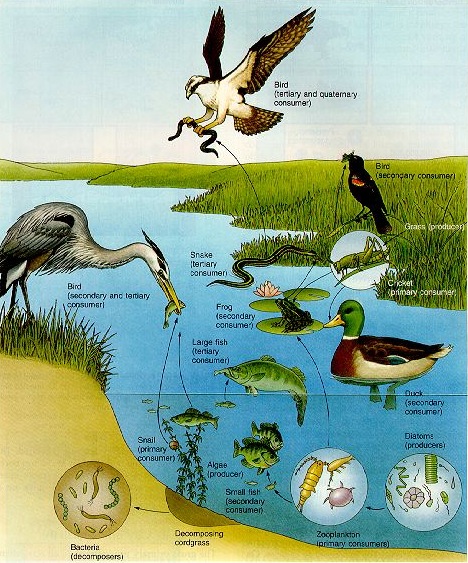
|
||
Assimilative capacity
-
Water, energy, air & land form the matrix within which ecological integrity is manifest.
Four aspects of wealthWater, H20 Energy, Potential & kinetic Air, Atmosphere Land, Landscape Electricity & water What is energy, ecologically speaking?
Forests world wide distribution.

literally weal stands for the features of an ecological habitat.
figuratively, Weal is used to describe the origins of wealth; biological wealth.
by analogy biological wealth is described in terms of biotic diversity; biological diversity, or biodiversity, for short.
a summary way to think about biological wealth and our world; a global ecology. Darwin's contributions as a matrix.
The features of an ecological habitat, make up the inorganic conditions and are:
Water -- hydrological cycle of snow, rain, surface & underground flow, evaporation.
Energy -- radiation from the sun, especially blue & red ranges of the spectrum.
Air -- wind and atmospheric pressure, composition and pollutants.
Landscape -- the geographical setting and geological past terrains.
= Wealth from WEAL
![]() | Aristotle | Bateson | Capra | Colinvaux | Darwin | Dawkins | Ehrlich | Hardin | Mayr | Miller | Tattersall | Thomas
| Aristotle | Bateson | Capra | Colinvaux | Darwin | Dawkins | Ehrlich | Hardin | Mayr | Miller | Tattersall | Thomas

.gif)








